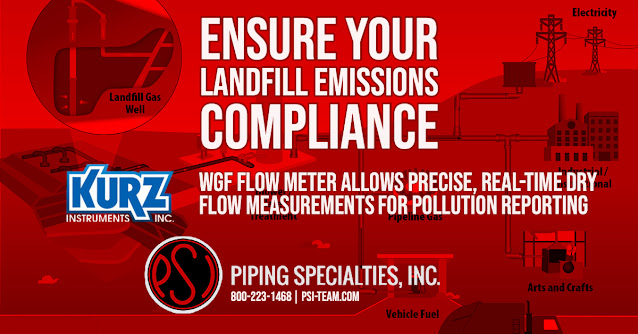Download the US Gauge Product Selection Guide from this link.
Pressure gauges are ubiquitous in practically all industries on machines all around the world. At the same time, there are millions of different combinations of shapes, sizes, options, and materials. It's imperative to follow these five application factors for safe use and extended product life.
Process Media
Because direct contact of the sensing element to the process media is possible, any caustic media, particle media, or media that can harden and clog the pressure gauge element, must be avoided. Using a direct connection and Bourdon tube sensor is satisfactory for a non-clogging, non-corrosive medium. Use a diaphragm seal for process media that could cause blockage or be corrosive.
Temperature of the Process Media
Very hot media, such as steam or hot water, can raise the internal temperature of the gauge, resulting in failure or a dangerous state. For high-temperature applications, use a gauge "siphon" or diaphragm seal.
Environment and Ambient Operating Temperature
It is critical to understand the rated ambient environment for any instrument. Elevated ambient temperatures, dampness, vibration, and corrosive environments can all impact accuracy, calibration, and safety. If oxidizing or reducing atmospheres exist, select the appropriate case and mechanism materials, and consider installing supplementary devices, such as remote diaphragm seals, to move the gauge.
The Potential for Severe Pressure Fluctuations
The addition of pressure restrictors, snubbers, or liquid-filling will increase the service life of the pressure gauge in applications where dramatic line pulsations or high over-pressure conditions are possible.
Installation Orientation and Connection Type
Bottom (radial) and rear connectors are standard on pressure gauges. NPT (National Pipe Thread Taper) threaded connections are the most common. However, numerous different process connections are available, including straight threads, metric threads, and specialized fittings. Make sure you understand how the gauge is connected. Pressure gauges should almost always be upright when installed.
Piping Specialties / PSI Controls is standing by, ready to help you apply the correct pressure gauge for your application. Call us at 800-223-1468 for more information on pressure gauges.





